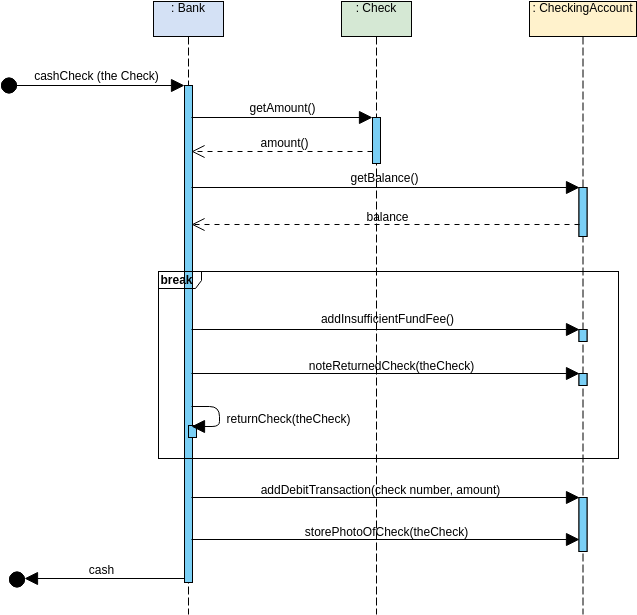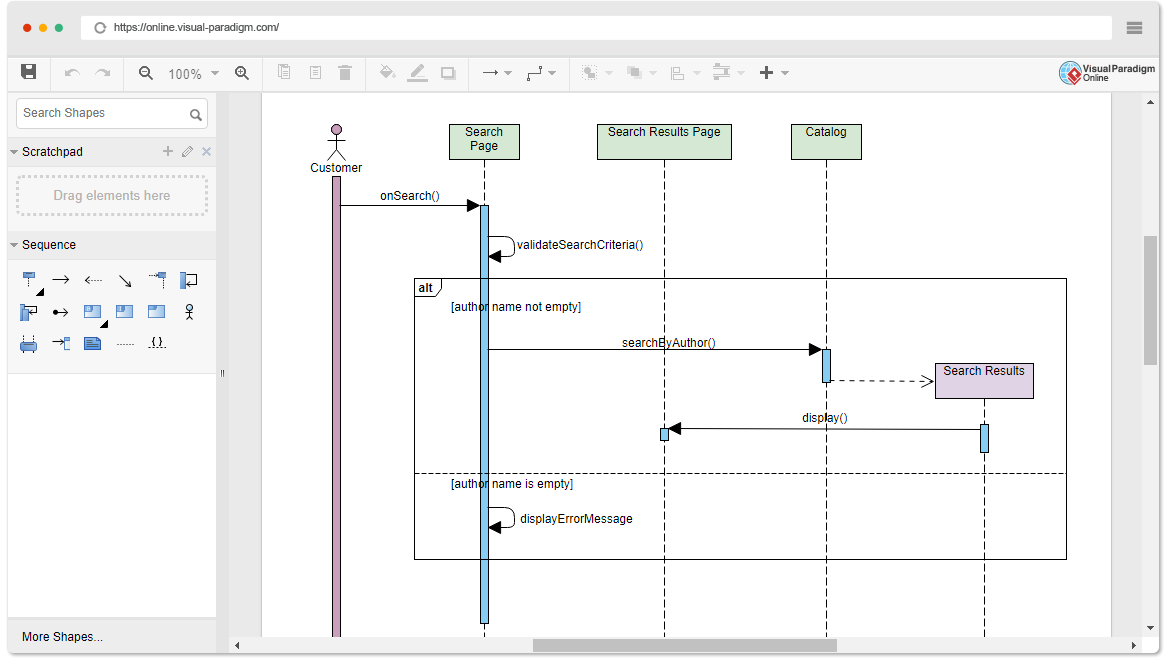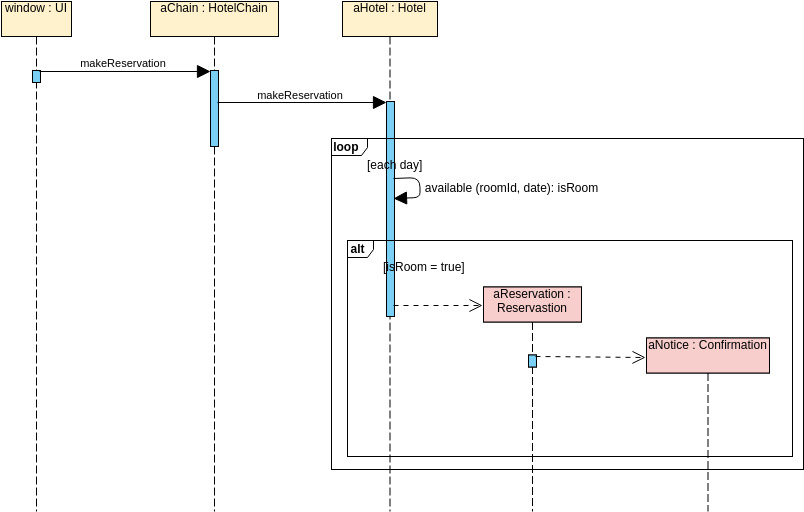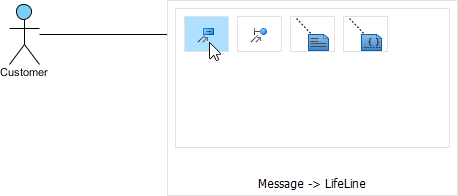

The time progresses as you go down the page. Sequence diagrams are organized according to time. Sequence Diagram is an interaction diagram that details how operations are carried out - what messages are sent and when. Its intuitive diagram editor makes the creating and communication of Sequence Diagram fast and simple.
#Visual paradigm sequence diagram to communication diagram professional#
The UML diagramming tool has all the UML symbols and connectors you need to create professional UMLs. Visual Paradigm's online UML maker makes it fast and straight-forward to create different kinds of UML diagrams. Visual Paradigm Online Sequence Diagram creator missing Destroy message.

It is often useful to visualize use case scenarios for the following reasons: Typically each use case includes a primary scenario (or main course of events) and zero or more secondary scenarios that are alternative courses of events to the primary scenario. A use case is a collection of interactions between external actors and a system. User requirements are captured as use cases that are refined into scenarios. A use case is “the specification of a sequence of actions, including variants, that a system (or entity) can perform, interacting with actors of the system.Ī scenario is one path or flows through a use case that describes a sequence of events that occurs during one particular execution of a system which is often represented by a sequence diagram. The Timing Diagram is also excluded due to concerns about its maturity and suitability for systems engineering needs Why Scenario Modeling with Sequence Diagram?Ī use case is a collection of interactions between external actors and a system. SysML includes the Sequence Diagram only and excludes the Interaction Overview Diagram and Communication Diagram, which were considered to offer significantly overlapping functionality without adding the significant capability for system modeling applications.

Online Visual Paradigm Sequence Diagram Example.

You can also specify time constraints and duration constraints on interactions. Interaction uses to let you model behavioral decomposition among a set of interactions. You can use elements called lifelines to model the participants in system behavior and then use messages between lifelines to model interactions among those participants. A sequence diagram is a kind of behavior diagram that presents a dynamic view of the use case, a requirement, or a system, a view that expresses sequences of behaviors and event occurrences over time.


 0 kommentar(er)
0 kommentar(er)
